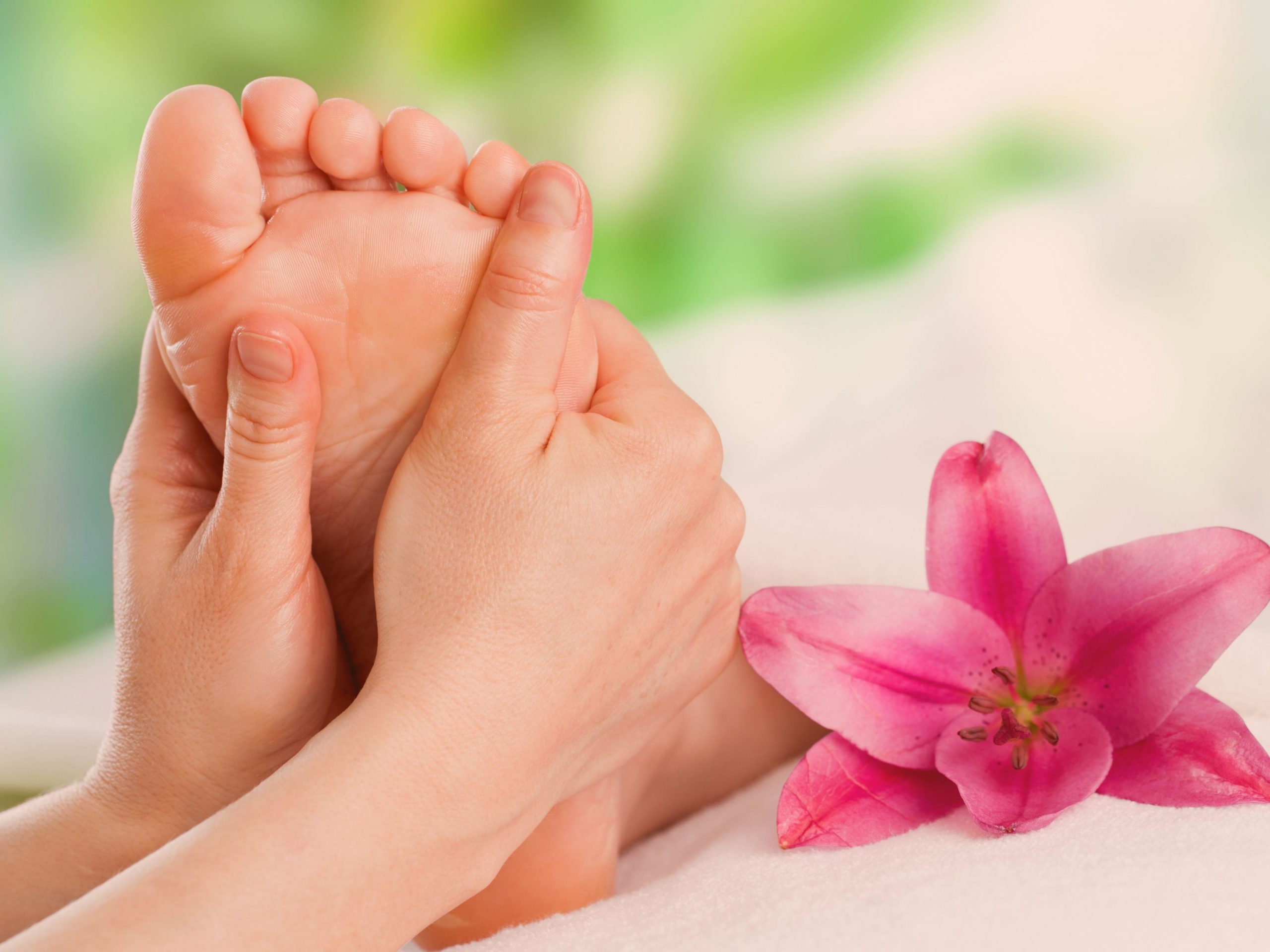Is reflexology during pregnancy safe?
First of all, reflexology alongside other complementary therapies such as massage, shiatsu and aromatherapy are getting more and more popular within pregnant women globally.
Generally, reflexology is safe during pregnancy and has many benefits. However, it is very important to understand that it does not substitute usual medical care and advice given by your midwife. It should only be used to compliment whatever medical treatment or advice you are already receiving.
On the other hand, you should avoid having reflexology if you have a foot or hand fracture, unhealed wounds or active gout.
What are the benefits of reflexology during pregnancy?
Reflexology has several benefits for pregnant women. Those include:
- Prevention of preeclampsia (which is a condition that may cause high blood pressure during the late stages of pregnancy. If untreated it may result in serious health issues).
- Management of physiological symptoms such as vomiting, tenderness/swelling of breasts, fatigue, heartburn, constipation and more.
- Reduces cramp pain.
- Accelerating labour.
- Assisting with placental separation (when placenta separates from the inner wall of the uterus).
- Helps to reduce anxiety.
- Helps with recovery after birth.
- Increase energy levels and helps with exhaustion
- Reduce stress level and post partum depression
How does reflexology work?
There are several points located at the bottom of your feet and palms. Each point is associated with different body parts and each of the points only influences that particular part. It ranges from heart to eyes to nerves obviously including the pelvis area too. Therefore, the treatment always focuses on the part of the foot which is linked to the body area which needs attention, which during pregnancy is the pelvic area. By stimulating that particular point, the body is able to enhance energy and blood circulation in the area of focus. Reflexology also promotes relaxation. The ambience of the therapy room enhances it, too.
What to expect during the session?
Reflexology session usually lasts between 45 – 60 minutes depending on the therapist and the clinic you are booking your appointment at. During the session, you need to expose your feet or hands and lie on the massage table or a comfortable reflexology chair. We advise you to wear comfortable clothing, ideally gym wear. Different practices may have some relaxing sounds or odours in the room which may enhance the benefit of the treatment.
During the treatment a reflexologist will be pressing on specific areas in your feet and hands which are associated with different body organs and systems as mentioned above. The pressure applied is quite firm and can be painful at times. The level of pain can also be a good indicator about the area treated, for example, more pain equals an area being congested and needing more treatment.
Does reflexology have any side effects?
As mentioned at the beginning, reflexology is generally a safe modality of alternative therapy. Hence, you should not expect to experience any major side effects apart from the usual feeling of tired, lightheaded, or emotional.
Some practitioners may be reluctant to apply the treatment during the first 12 weeks of pregnancy as it may induce contractions
Does reflexology induce labour?
In the last weeks of pregnancy as your due date gets close to (week 37 – 40) or overdue( weeks 40+), Reflexology can help to release stress and anxiety in preparation for labour. Many pregnant ladies book Reflexology in order to avoid birth induction.
We hope this information is useful for you. If you need advice or have any questions about our treatments, please contact us. You can find us in Mill Hill Broadway and Islington. We are always happy to help. If you like this blog, please share!



